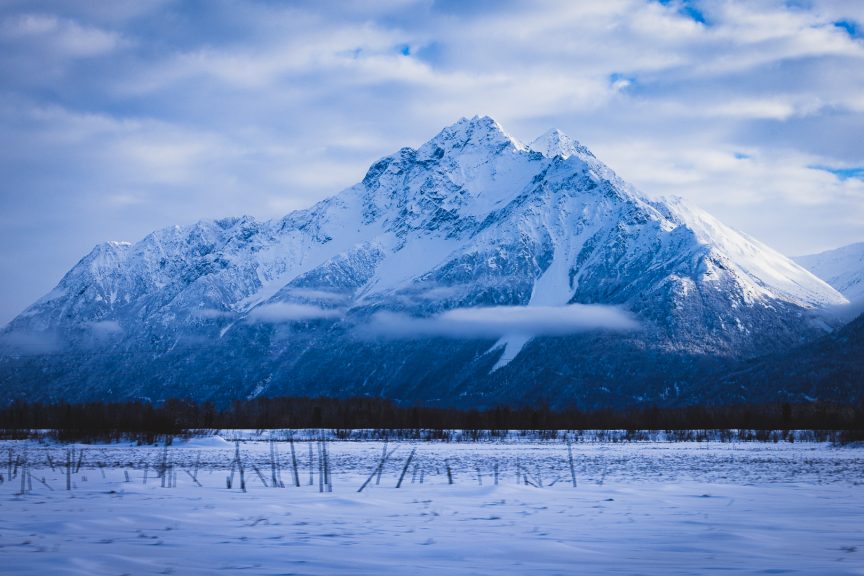Winter doesn’t provide as many colors as other seasons, but it nevertheless provides spectacular landscapes. And once you’ve learned how to protect your gear from cold, nothing can stop you from taking great photos, right? Winter landscape photography is challenging not because of the cold or lack of color. It’s challenging because the light is different, the snow makes it difficult to get the exposure right, and many lines enter the scene without vegetation. So, check out the following tips for stress-free winter landscape photography.
Learn to Photograph Snow
Snow, more precisely, the whiteness of snow, requires special attention. If you don’t set the white balance correctly, the snow will be bluish, not white. So look at a patch of snow in the shadows when setting the white balance.
Then, the brightness of the snow may create exposure issues. If you use the Auto mode, the camera’s metering system may average the bright snowy area with darker areas. The result will be gray snow or overexposed snow. Therefore, it’s better to use a manual mode and set camera settings for good exposure of the snow. The darker parts of the landscapes will be slightly underexposed, but they kind of lack detail anyway. Another way to deal with exposure and avoid gray snow is to set exposure compensation to +1 and slightly brighten the scene after the camera’s made its choice.
Here, the histogram is your best friend. Check it after taking a photo and ensure you have a well-balanced, beautifully curved histogram with no spikes at either end.
Try High-Key Photography
If you’re going to overexpose the snow, do it properly and, most of all, intentionally. Winter is the perfect season to try high-key photography. Make everything you know to transform snow into the brightest thing on Earth. Exposure for the darkest areas, increase ISO without needing it, and slow down the shutter speed just because. Go crazy with white scenery and transform your landscape photos into artwork.
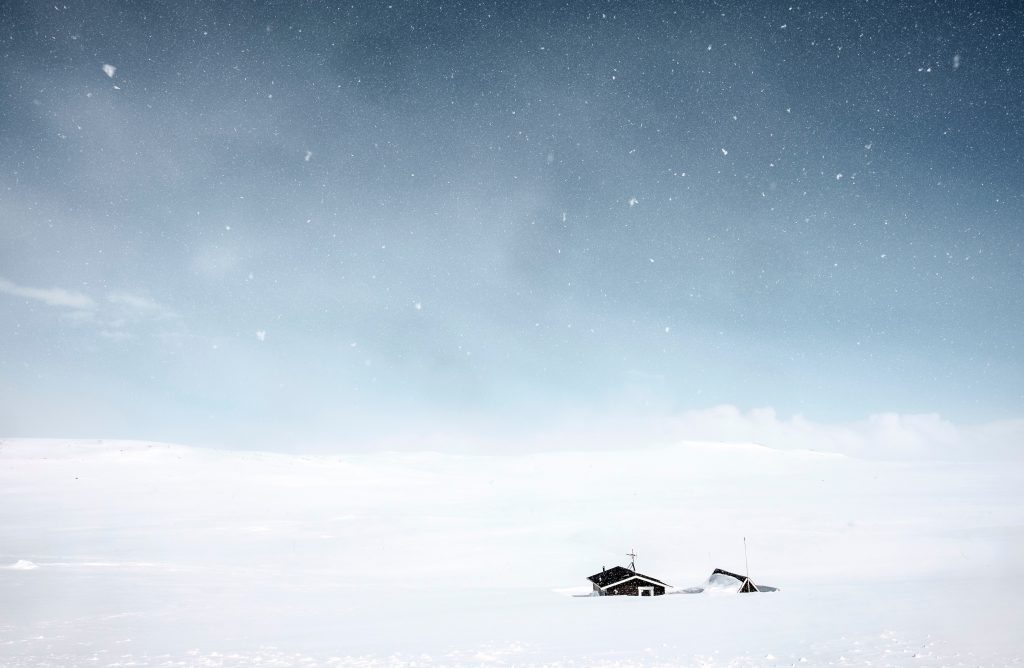
Photo by Todd Diemer on Unsplash
Brace Yourself for a Photo Session at Sunrise or Sunset
Winter days are often overcast, providing a delicate, grayish light. The landscape may look leaden, heavy, and with no contrast.
Sunrise and sunset provide the colors winter doesn’t have. They add shades of orange and violet that completely change the atmosphere of your landscape photographs. Combined with snowy mountains or fields, the golden hours provide enough light for relatively fast shutter speeds and low ISO values.
The good news is sunrise and sunset happen at reasonable hours in winter. The days are short, so take advantage of every single detail.
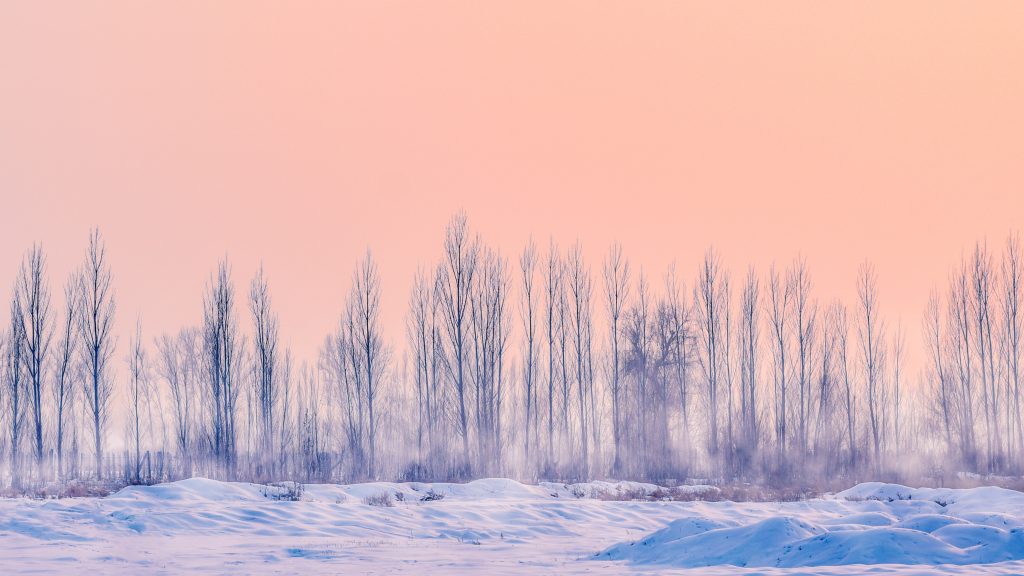
Photo by Yang Shuo on Unsplash
Shoot in Black and White
What if instead of complaining about the lack of color, you give up color completely? Black and white landscape photography allows you to focus on lines, textures, and contrast. Use the rules of composition as any mistake is much more visible in black and white than in colors. Proportions are important.
Black and white landscape photography is much more atmospheric, dramatic, and meaningful. Include layers in your compositions. For example, the gray plain sky, the clouds rising from the forest, the textured forest, and the snow on the ground take the viewer step by step through a winter story.
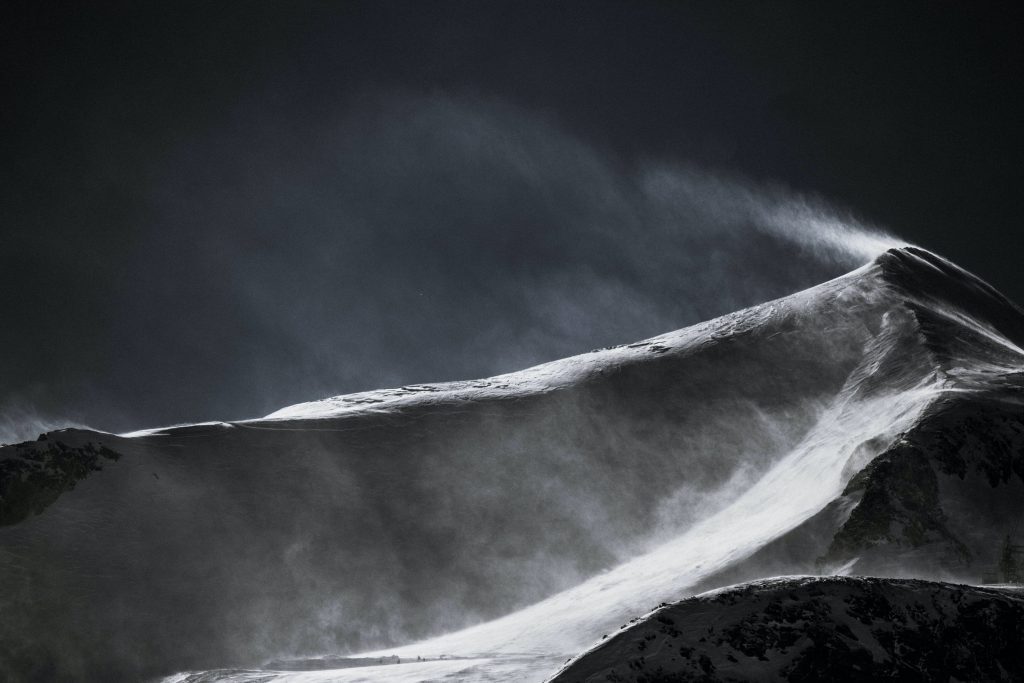
Photo by Jérôme Prax on Unsplash
Work with Leading Lines
Leading lines are very powerful in winter landscape photos because there are many of them. Without vegetation, the trees become a bunch of interesting lines, roads, and electric poles are much more visible, and the demarcation between land and sky weighs more. So ensure you create well-balanced compositions with leading lines that guide the viewer toward the focal point and don’t create clutter.
If you think the landscape is too busy, change the camera’s position and angle until you find a better perspective. A minimalist approach usually goes better with winter landscape photography.
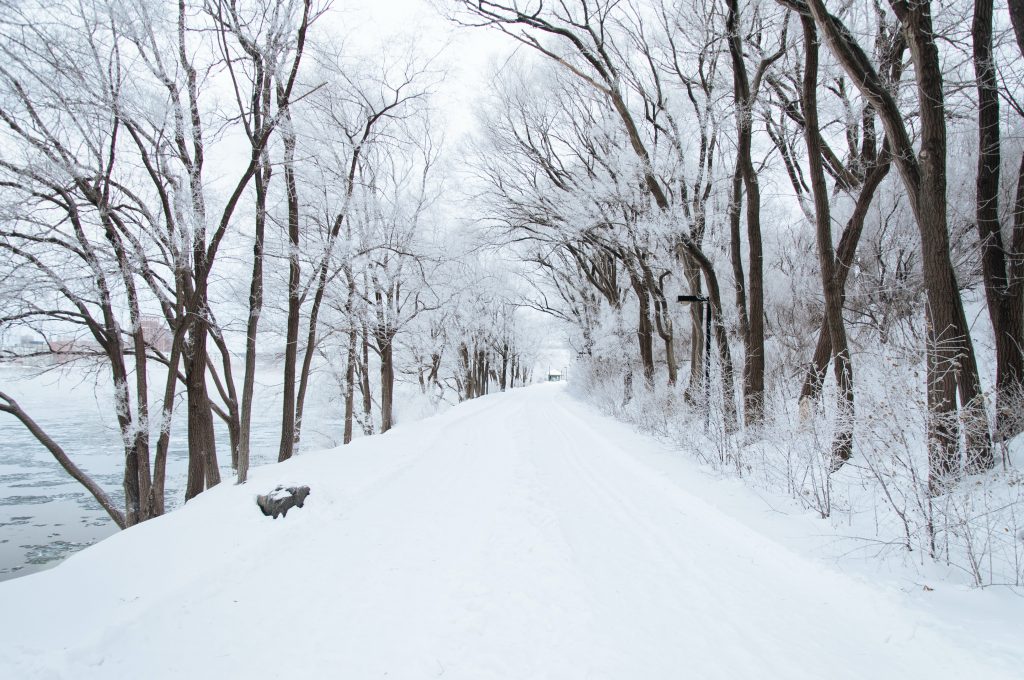
Conclusion
There is only one conclusion: pick up your camera and go for a winter photo session! Embrace nature all year round because it always has something beautiful, photogenic, and meaningful to offer. Nature knows nothing else than to offer.
Cover Photo by Bryan Elliott

